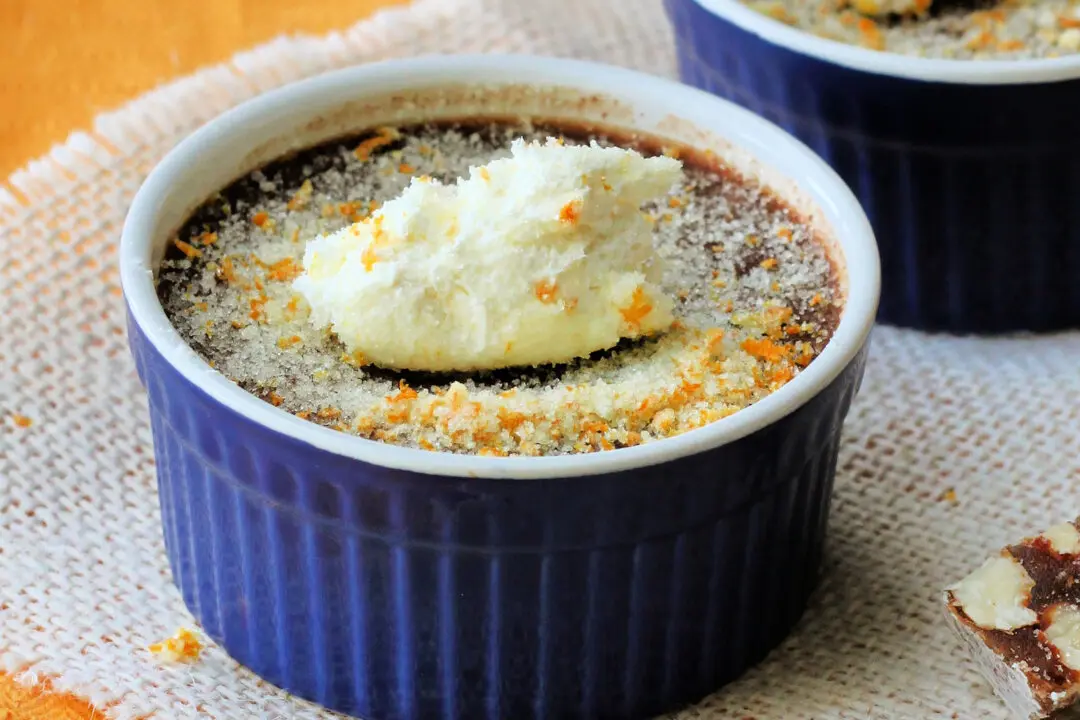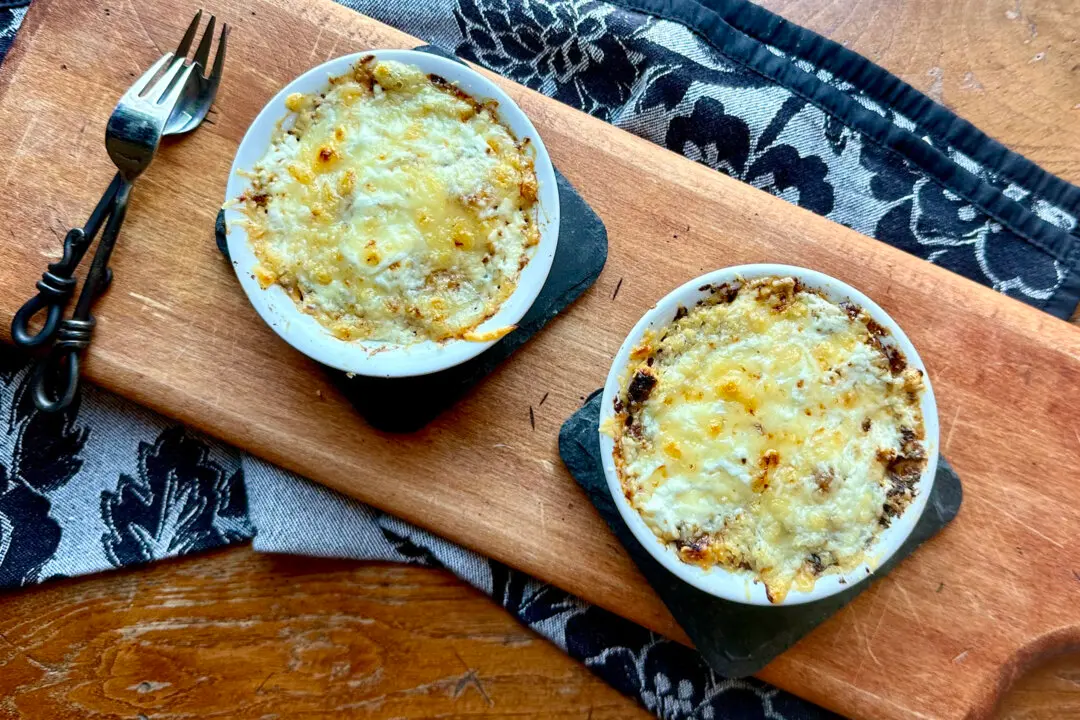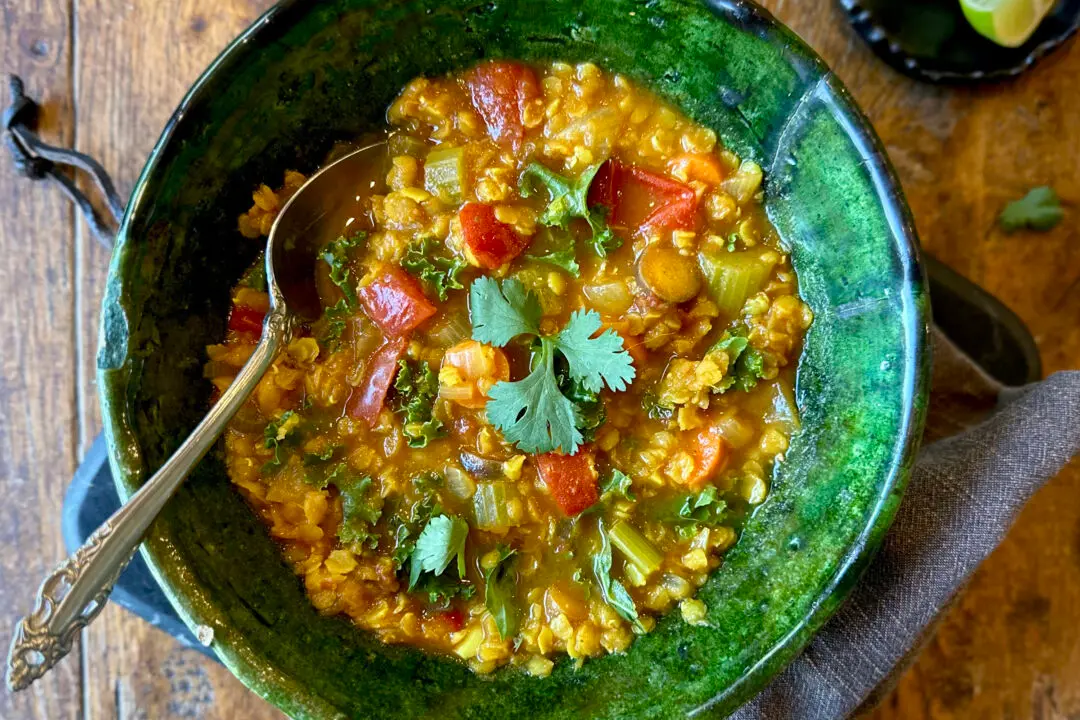It’s citrus season, and there’s no better way to embrace it than with blood oranges.
Despite their graphic name, blood oranges are sweet, delectable, and unique. They are smaller than standard oranges, with mottled orange and rose-hued rinds. When peeled, their interior reveals segments streaked in brilliant crimson, ruby, and port wine colors—hence their name.




